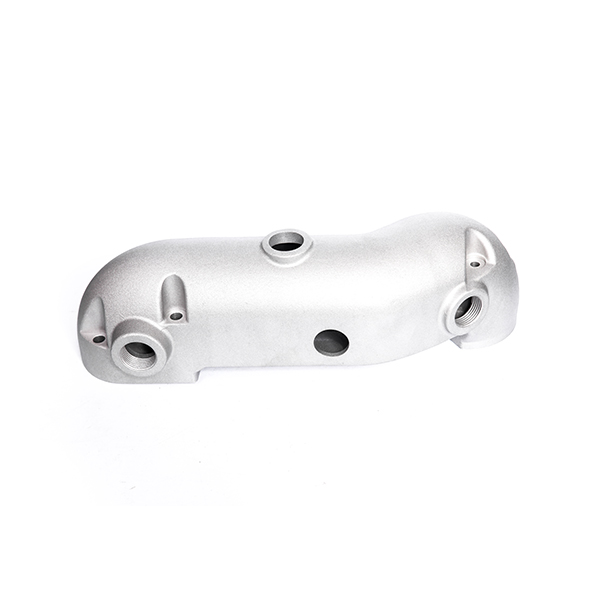Mobile:+86-311-808-126-83
Email:info@ydcastings.com
Understanding the Fundamentals of Metal Casting Techniques and Their Applications
Understanding the Metal Casting Process
Metal casting is a manufacturing process where molten metal is poured into a mold to create desired shapes and forms once it solidifies. This age-old technique has played a vital role in various industries, ranging from automotive to aerospace, due to its versatility and cost-effectiveness. In this article, we will delve into the intricacies of the metal casting process, its types, advantages, and applications.
The Metal Casting Process
The metal casting process begins with the preparation of a mold. The mold is typically made from materials that can withstand high temperatures, such as sand, metal, or ceramics. There are several types of molds, but the most common type is the sand mold, which involves creating a cavity in a mixture of sand and a binding agent.
Once the mold is prepared, the next step is the melting of metal. Depending on the specific application and desired properties of the final product, various metals, such as aluminum, iron, and bronze, can be used. The melting process involves heating the metal in a furnace until it reaches a molten state. The molten metal is then poured into the mold through a pouring basin, where it fills the cavity to take on the desired shape.
After the metal has been poured, it needs time to cool and solidify. The solidification process is critical as it affects the mechanical properties and the surface finish of the final product. Once the metal has cooled down, the mold is broken, allowing the casting to be removed. The casting may then undergo additional processes such as trimming, machining, or surface treatment to achieve the final specifications.
Types of Metal Casting
There are several types of metal casting processes, each suitable for different applications
1. Sand Casting This is the most common and cost-effective method used for producing complex shapes. It is versatile and can accommodate various metals.
2. Investment Casting Known for producing high-precision parts, this method involves creating a wax pattern coated in a ceramic shell. Once the shell hardens, the wax is melted away, and molten metal is poured into the cavity.
metal casting process

3. Die Casting In this process, molten metal is forced into a mold under high pressure. It is used for making high-volume products with tight tolerances, such as automotive components.
4. Permanent Mold Casting Here, reusable molds are made from metals. This method allows for better dimensional control and surface finish compared to sand casting.
5. Lost Foam Casting A foam pattern is used to create a mold. The foam evaporates when the molten metal is poured in, leaving behind the solid casting. This method is effective for intricate designs.
Advantages of Metal Casting
The metal casting process offers several advantages
- Design Flexibility Complex designs can be achieved that are often impossible with other manufacturing methods. - Material Efficiency Casting allows for effective use of materials, reducing waste and avoiding unnecessary costs. - Large Production Volumes Certain casting methods, like die casting, enable high-volume production, making it suitable for mass manufacturing. - Diverse Material Capability A variety of metals can be cast, allowing for tailored properties based on the application’s needs.
Applications of Metal Casting
Metal casting is utilized in numerous industries. In the automotive sector, it is used for producing engine blocks, transmission cases, and other components. The aerospace industry relies on casting for making lightweight, high-strength parts for aircraft. Moreover, it finds applications in heavy machinery, consumer goods, and even art and sculpture.
Conclusion
Metal casting is a critical manufacturing process that has evolved over centuries, adapting to the needs of various industries. Its ability to produce complex and precise components makes it indispensable in modern manufacturing. As technology continues to advance, we can expect further innovations in metal casting techniques, enhancing efficiency, sustainability, and the potential for new applications. Understanding this process not only sheds light on its significance but also highlights its role in shaping the future of manufacturing.
-
Valve Body Acts as the “Heart” of Flow ControlNewsMay.19,2025
-
Understanding the Importance of ImpellersNewsMay.19,2025
-
Importance of Automobile Water PumpsNewsMay.19,2025
-
How an Engine Oil Pan Works to Keep Your Car LubricatedNewsMay.19,2025
-
Common Materials Used in Pump Impeller ManufacturingNewsMay.19,2025
-
Ball Valve Casting in Modern Pipeline SystemsNewsMay.19,2025











